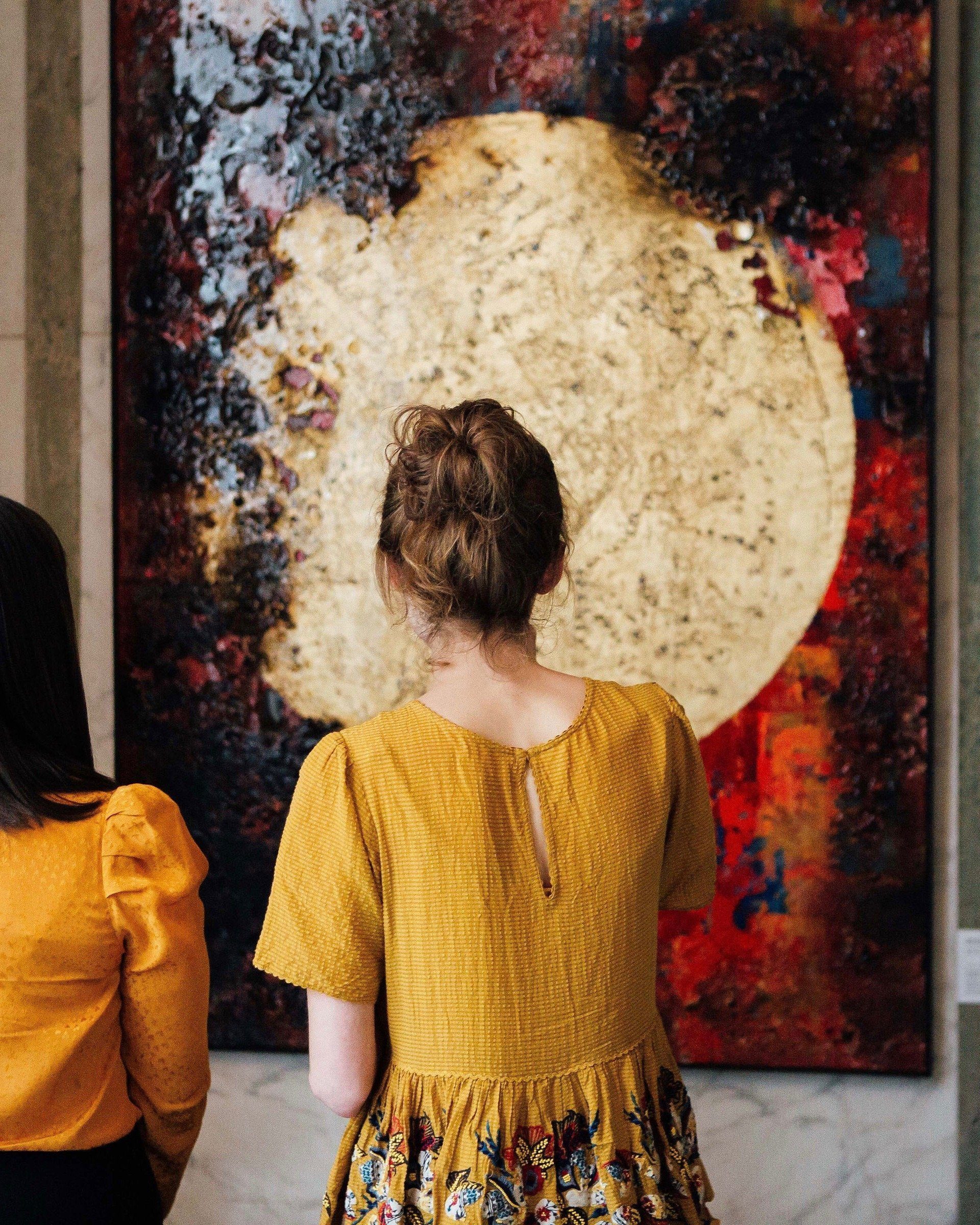Agents for Change: How the emerging agency model will change the art market
By Marine Tanguy.

It is a quirk of history that when we talk about artists it is far sexier to focus on financial tragedy than success.
Vincent van Gogh and Rembrandt are as famous for the destitution in which they spent the latter years of their lives, as they are for the works of art they created. Not many people know that van Gogh’s brother, Theo van Gogh, was a successful art dealer whose financial support allowed Vincent to become a renowned artist. While Rembrandt was a savvy businessman earlier in life who built up a fine art collection.
Consider Michelangelo and the Sistine Chapel: We rarely discuss the impressive sums he was paid for his work. So, why don’t we celebrate those who make a financial success of their artistic practice? It has become fashionable to treat art and business as two distinct worlds. This has driven the perception of an industry that remains fiendishly inaccessible — to all but those with enough wealth — that turning a profit does not matter. Art has subsequently been slow to modernise, which has held many aspiring artists back.
Two in three galleries in the UK are losing money and the industry remains overly dependent on the wealth of major benefactors. To combat this, the art market needs to create a self-sustaining model that diversifies its investor demographic, rather than relying on a small, elite group to fund an entire industry. This is where the emergence of agents could be crucial. The word agent has drastically different connotations in the art world compared with other industries. An art agent is little more than a salesperson, acting to sell the work of an artist. But in the music, film and sports industries, agents act as managers, charting a career path for their clients, securing lucrative partnerships and creating a more-commercially viable model that allows their clients to focus on their practice.
This same model is still in its infancy in the art world, but eventually, artist agents will be closing deals with the biggest brands on the planet. Since founding MTArt Agency in 2015, I have noticed several similar businesses springing up across Europe and the United States.

For artists:
Supply is always driven by demand, and the rise of the artist agency is being driven by a desire for a more businesslike art world.
Ten years ago, this model wouldn’t have been possible. For years the gallery model has dominated, and art has been about what is up on the galleries’ walls. Now, the online world has changed that. Artists with entrepreneurial spirit and talent have begun to realise that they can forge a career outside of traditional artistic institutions, by marketing themselves effectively and hunting new audiences. This is where agents come in. Being a successful artist requires more than just talent. You must source potential partnerships, market yourself, try to gain exposure in the press, value your work and negotiate with institutions and private collectors to make sales. In a sense, the work of an artist is akin to that of a micro-business — where one person runs every department.
Top artist agents will have the network to forge partnerships that are commercially attractive but do not compromise the artist’s integrity, they will know how to promote their artist to the media and have the negotiating skills to secure sales. Most importantly, an agent can take the pressure off the client and allow him or her to focus on creating artworks that are of cultural and monetary value.
For collectors:
The model also benefits collectors. A lot of the work I do as an agent involves making introductions between artists and collectors. Increasingly, prospective collectors with whom I deal want to get to know the artist behind the artwork before deciding on whether they should invest. This is a shrewd approach, however, by understanding the personality and work rate of an artist they can better gauge what an artist’s career trajectory will be.
Collectors who develop a relationship with an artist are more likely to be advocates for the artist. Either they will buy more of the artist’s works, or further, introduce it to people within their own network who might be potential buyers. And more demand means each piece appreciates in value — giving the collectors pleasure to see an artist in whose work they have invested in gaining prominence and generating profit.
The agency model is people-driven. This can only give collectors a better experience, particularly if they truly feel they are part of an artist’s journey and of a wider community. Social media has played a crucial role here, creating online networks where people can share images and thoughts on works of art they love, and where artists and collectors can connect and communicate directly. I also find that collectors are more ready to invest in particular artists if they can see they are being well managed, and their career has a defined direction. Perception is very important in business and collectors are in art to make money, as well as because of their love of culture.
Just imagine being the collector who invested in an unknown artist for a few thousand pounds and then saw that artist working with Adidas five years later? What would your investment be worth then? This is the future that artists’ agents are working to bring about. Artists have the talent and resonance to create global reputations. With the right commercial direction, there could be very exciting years ahead for collectors, artists and agents alike.
